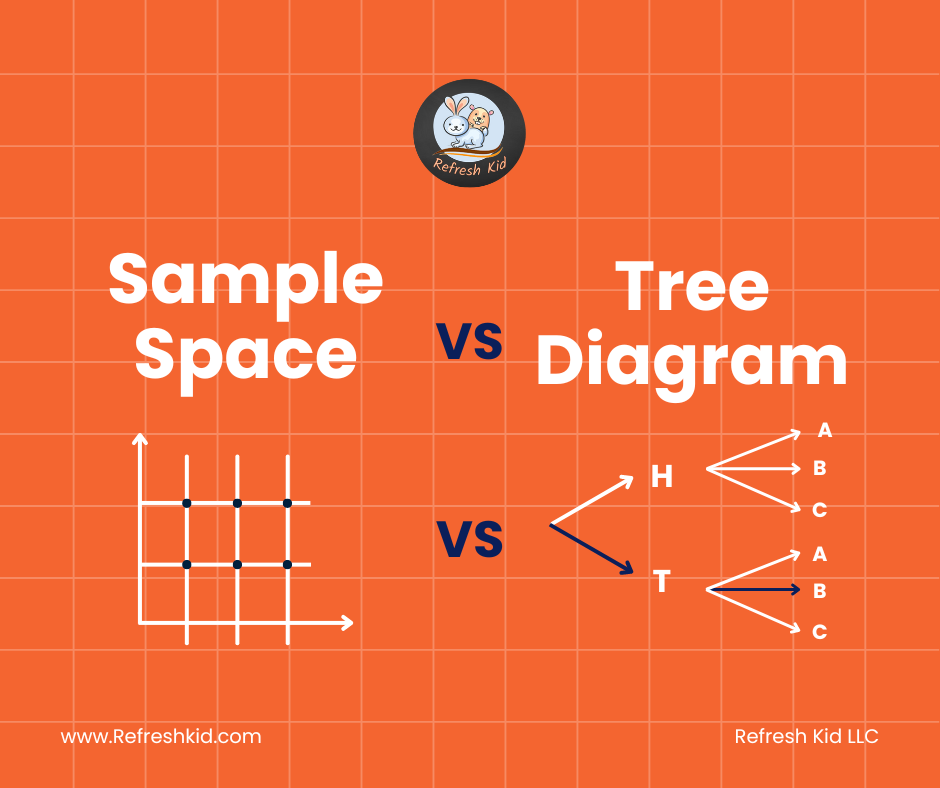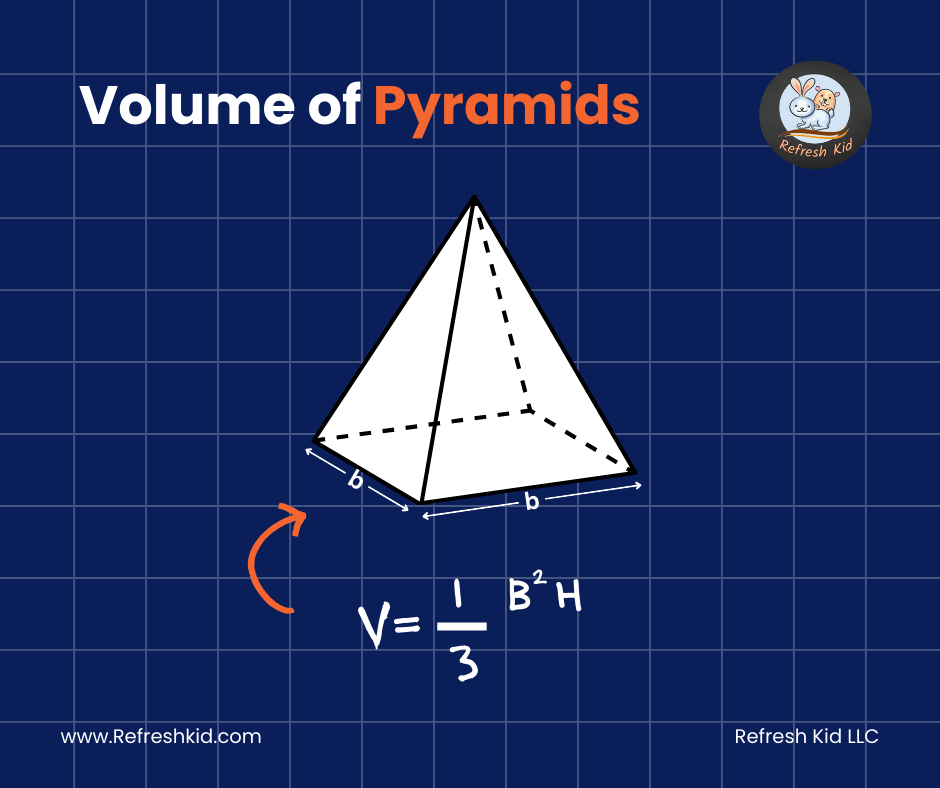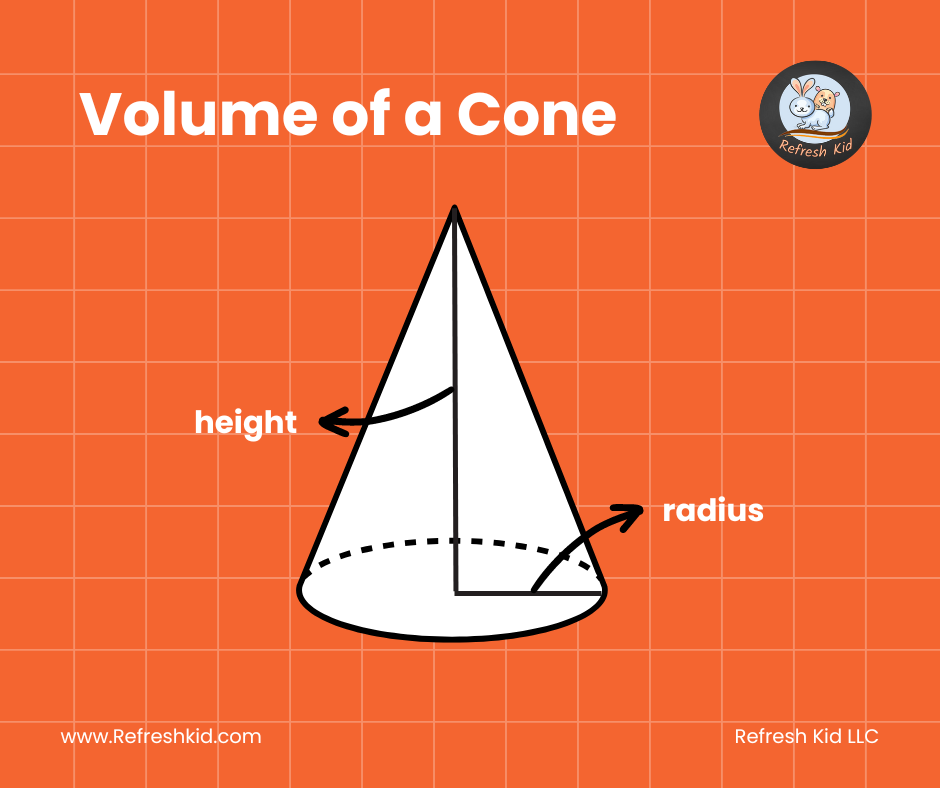Understanding the Equation of a Circle: A Derivation Using Distance and the Pythagorean Theorem:
Introduction:
The equation of a circle is a fundamental concept in mathematics, serving as a cornerstone in various fields including geometry, algebra, and even physics. While it may seem complex at first glance, its derivation is rooted in some of the most fundamental principles of mathematics: distance and the Pythagorean theorem. In this blog, we'll embark on a journey to uncover the essence of the equation of a circle, breaking it down step by step.
Understanding the Circle:
Before we dive into the derivation, let's refresh our understanding of what a circle is. A circle is a set of all points in a plane that are equidistant from a fixed point called the center. This distance, denoted by , is known as the radius of the circle. The length of any line segment from the center to a point on the circle is equal to the radius.
The Pythagorean Theorem:
At the heart of many geometric concepts lies the Pythagorean theorem, a fundamental principle attributed to the ancient Greek mathematician Pythagoras. It states that in a right-angled triangle, the square of the length of the hypotenuse (the side opposite the right angle) is equal to the sum of the squares of the lengths of the other two sides.
Derivation of the Equation of a Circle:
Now, let's derive the equation of a circle using the distance formula and the Pythagorean theorem.
Consider a circle with center and radius
. Let
be any point on the circle. According to the definition of a circle, the distance between
and
is equal to the radius
.
Using the distance formula, the distance between two points
and
in a plane is given by:
Applying this formula to find the distance between and
, we get:
Now, let's square both sides to eliminate the square root:
Expanding the terms on the right-hand side:
Now, rearrange the terms:
Notice that is a constant. Let's denote it as
:
And there it is! We've derived the equation of a circle:
Real-Life Examples Demonstrating the Equation of a Circle:
-
Satellite Communication: Imagine you're communicating with a satellite orbiting the Earth. The satellite follows a circular path around the planet. The equation of the satellite's orbit, derived using the principles of distance and the Pythagorean theorem, enables engineers to precisely calculate its position and trajectory. This ensures accurate communication signals between the satellite and ground stations, facilitating seamless global connectivity.
-
Car Wheels and Tires: Consider the wheels of a car rolling along the road. The circular shape of the wheels can be described by the equation of a circle. By understanding this equation, automotive engineers can design tires that provide optimal traction, stability, and durability. The radius of the tire, derived from the circle equation, influences factors such as fuel efficiency, handling, and overall performance of the vehicle.
-
Amusement Park Ferris Wheel: Picture yourself riding a Ferris wheel at an amusement park. The Ferris wheel's circular motion is governed by the equation of a circle, ensuring a smooth and enjoyable experience for riders. Engineers use this equation to design the wheel's structure, determine its size and speed, and ensure safety standards are met. By understanding the circle equation, they can create thrilling attractions that delight visitors of all ages.
Conclusion:
The equation of a circle is not just a mathematical expression; it's a representation of the geometric relationship between the points on the circle and its center. By deriving it using the distance formula and the Pythagorean theorem, we've unveiled the elegant simplicity underlying this fundamental concept. Understanding the equation of a circle opens doors to a deeper comprehension of geometry and serves as a building block for more advanced mathematical concepts.









